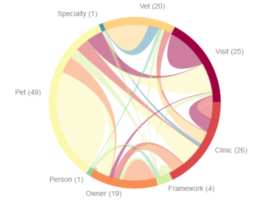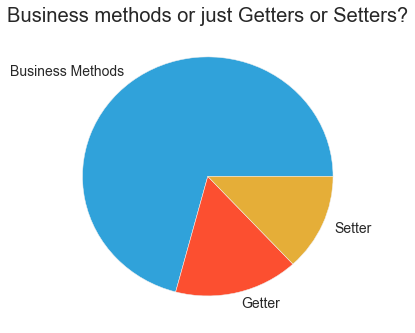People at conferences and meetups often ask me what I would recommend to learn X or Y. And I’m always happy to give some suggestions depending on the experience level of the person that asked. Unfortunately, this doesn’t scale very much, so here are my general recommendations on learning something very effective. This time: Python.
TOP 5 Learning Python



